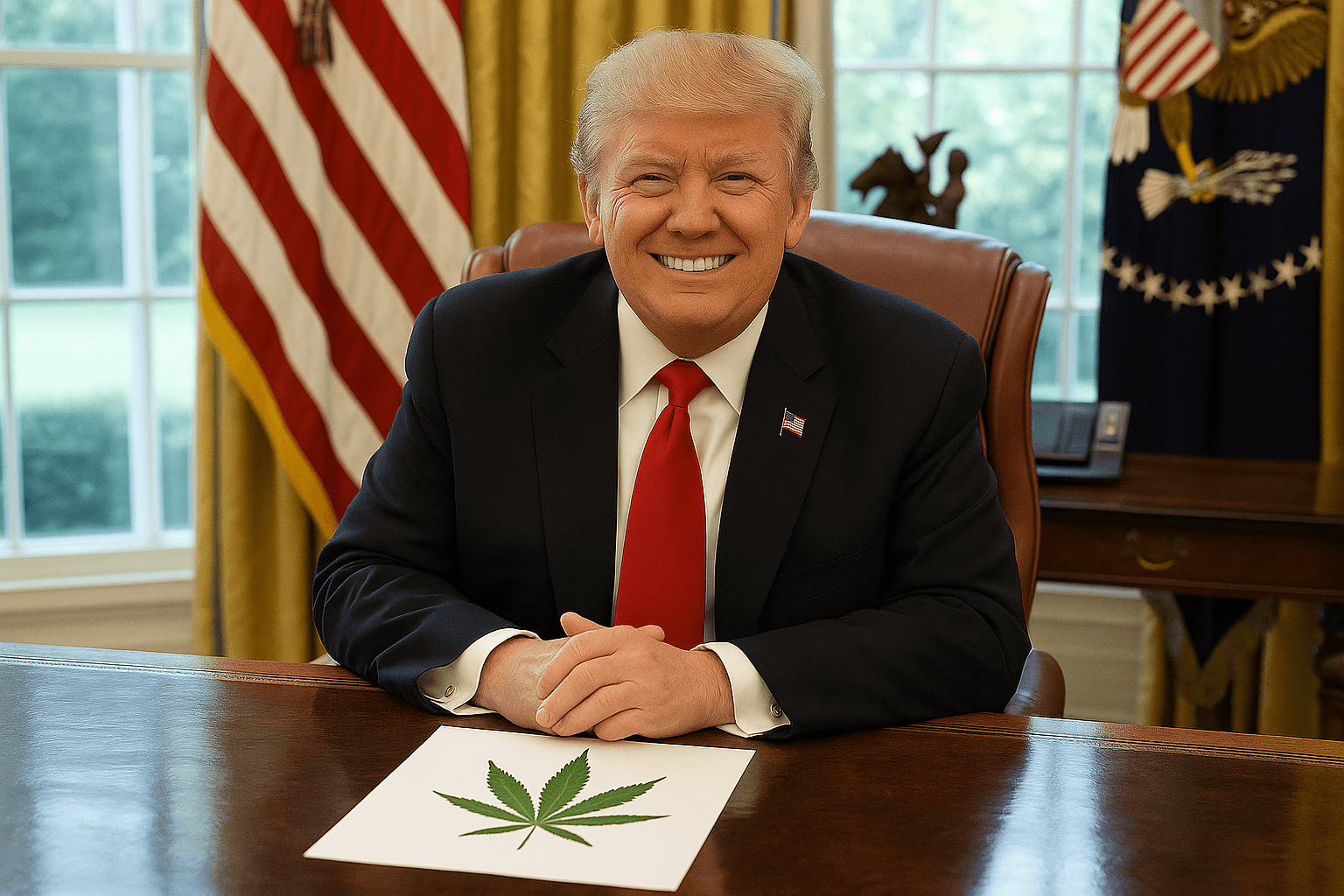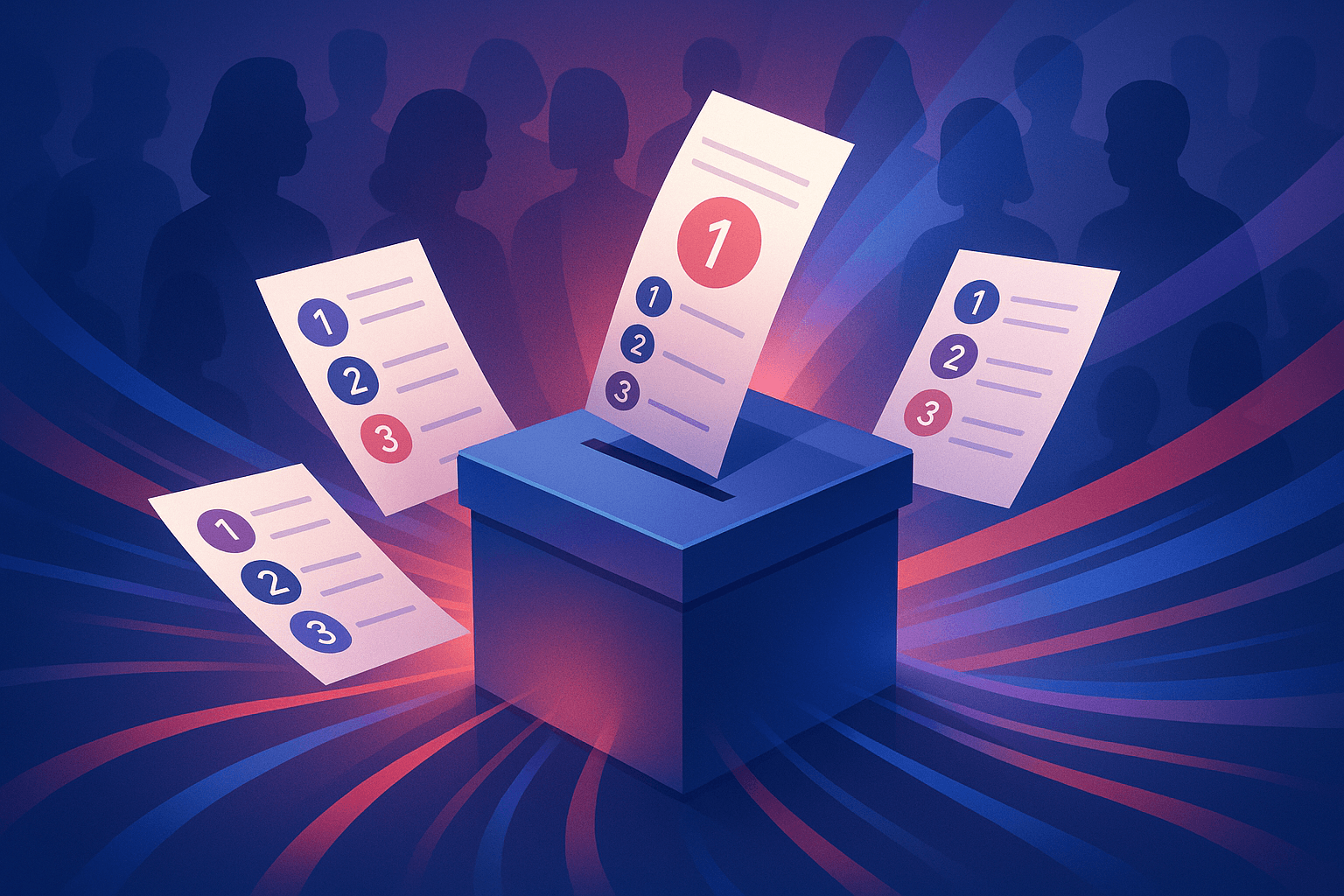OPINION: Social Security Doesn't Need to be Fixed... It Needs to be Replaced
Here are the words politicians are unwilling to utter.
Bernie Sanders has launched a campaign attacking the Koch brothers and organizations who have questioned the viability of Social Security and suggested fixes, claiming they want to "destroy" it. Sanders, meanwhile, has pledged to expand it. Are concerns about the programs viability legitimate or is it all Koch-funded propaganda?
Signed into law in 1935, Social Security now encompasses a group of social insurance plans that help protect the elderly and disabled from dire straits - by most accounts, a noble endeavor. Medicare and Medicaid were added in 1965.
Unfortunately, with a growing number of elderly and disabled, the financial stability of the program has been challenged. Since 2010, Social Security has been in a severe negative cash flow position and estimates show the disability fund may run out of money as early as 2016 and the retiree benefits by 2034.
The Social Security website confirms:
“The last 5 Trustees Reports have indicated that...Trust Fund reserves would become depleted between 2033 and 2037.... scheduled tax revenues will be sufficient to pay only about three fourths of the scheduled benefits.”
This means it will require 100% of the contributions of current workers to fund retirees and only be enough to pay 75% of the benefits. Further, Social Security Disability Insurance (SSDI) will be bankrupt by next year and has even bigger problems because the number of recipients has quadrupled since 1970 and as Reason.com explains, people are using the program as a form of unemployment insurance.
The demographics of the post-WWII boom with a larger number of younger workers and a smaller number of retirees has turned upside down. Countries that are heavy on entitlements are facing economic disaster along the lines of Greece.
There are ways to make the existing system last longer, but that doesn’t address the more fundamental questions of whether or not it’s the best system.
Many people do not understand how Social Security actually works. Remember Al Gore’s “lock box?” Social Security checks do not represent a return on invested capital and as Pew Research points out, “the taxes paid by today’s workers and their employers don’t go into dedicated individual accounts (although 32% of Americans think they do).”
According the the Social Security website, “tax income is deposited on a daily basis and is invested in ‘special-issue’ securities. The cash exchanged for the securities goes into the general fund of the Treasury and is indistinguishable from other cash in the general fund.”
The Social Security trust fund therefore has no money as the cash is converted to debt notes and bonds. The money itself is available to Congress for spending.
The government then depends on the sale of securities in order to fund retirees, along with the taxes of current workers. The problem is twofold:
- The program gives very limited returns and is not structured in a way that provides individual benefits; and
- The program has previously run out of money and is going to again unless changes are made.
Of greater concern and unknown to most Americans, the government is not legally obligated to pay the benefits. In Helvering v. Davis, the Supreme Court ruled that Social Security was not a contributory insurance program, saying, “The proceeds of both the employee and employer taxes are to be paid into the Treasury like any other internal revenue generally, and are not earmarked in any way.” - U.S. Supreme Court
Even more alarming, in Fleming v. Nestor, the Supreme Court ruled that citizens don’t have a right to Social Security benefits even if they paid into the system. In fact, Congress can change the rules at any time.
Michael Tanner of the Cato Institute accurately points out:
“Social Security is not an insurance program at all. It is simply a payroll tax on one side and a welfare program on the other. Your Social Security benefits are always subject to the whim of 535 politicians in Washington.” - Michael Tanner, Cato Institute
If there was ever a doubt that Social Security has become a political tool, look no further than the ever-contradicting-himself Paul Krugman, who expressed great concern over the program in 1996. Krugman agreed with Bill Clinton that "every single year we avoid resolving this, it will get harder and harder and harder," and continued to express trepidation for years, only to backpedal in 2007 and ostracize those expressing similar concerns.
This is the typical “us vs. them,’ black and white thinking that permeates our political landscape without exploring better alternatives. Meanwhile, Canada has a hybrid of a pay-as-you-go and private pension plan.
While the OAS and CPP provide benefits somewhat comparable to Social Security, investments make the contributions much lower. In 2013, employees contributed 4.95% of gross income between $3,500 and $51,100, up to a maximum contribution of $2,356.20 per year. The employer matches, totaling 9.9%, while Americans are currently contributing a total of 12.4% with a cap of $7,254.
So Americans really aren’t getting a good deal.Suggestions at even an option for a voluntary, partial use of one’s own Social Security contributions for private investment have been soundly rejected. America’s seniors are already the new middle class and have become that with a combination of Social Security, pensions, and investments they made during the post-WWII boom.
The New York Times reports that today’s seniors have greater resources than previous generations, but the trend is not likely to continue. While paychecks may be larger, Social Security benefits may be smaller when today’s workers reach retirement age and today’s 401(k) savings plans are not guaranteed nor as generous as employer-sponsored pensions of the past.
Most people want the benefit of the private market without the risk. Is that too good to be true? In private investments alone, yes...but what if the government worked in partnership with the market?
The Rise Up Theory of Economics, also known as The USA Plan, redirects our payroll contributions into personally-owned investment accounts that can grow into millions over someone's working life. Instead of going to the government, the funds are invested in a unique USA (Universal Savings Account) in safe, indexed stock funds that have historically been growing at over a 10% rate for the last 25 years and the enacting legislation would guarantee no reduction in benefits.
The accounts will be backed by the government and insured against loss. In other words, the upside without the risk. If successful, the minimum benefit could be increased in the future.
How much better would the economy be and how much less would seniors and others be reliant on government benefits if they were able to retire at an average of 8 times their salary? Even a minimum wage worker earning only $7.25 for a 40-year career could accumulate a nest egg of over $1.2 million and receive a $10,000 monthly benefit check. The benefits would not be just for the top half of earners any longer.
Legitimate criticism of any type of privatization would have to be addressed:
- Many people can’t manage their own money so the contributions still have to be involuntary.
- A new plan shouldn’t cost the taxpayer more than it does now.
- Taxpayer funds should be in trust and unreachable by the government, courts, creditors or spouses, and the taxpayer himself until retirement.
- All present and future retirees without the time to accumulate substantial nest eggs must be guaranteed to receive the amounts presently paid under Social Security, Disability, and Medicare.
- Taxpayer’s funds cannot be managed by investment brokers; the trust will invest directly, bypassing commissions and other costs.
- Taxpayers will have control over which bond or stock funds their money is invested in. These funds will track the steady upward movement of the market and grow with our economy.
- No risky investments will be allowed. Funds should be diverse and contain hundreds of quality stocks to avoid having a few crash the entire account.
No longer will anyone have to hear Bernie Sanders opining about income inequality and hope for change through raising taxes and minimum wage. This enables actual supply-side economics by creating wealth for anyone who works...but that is only the beginning.
Over $100 billion of new investment capital into the stock market every month would fight economic stagnation and accelerate job creation, putting the economy into overdrive. With increased tax revenue, it could be the impetus for paying off all debt and unfunded liabilities, followed by lower rates.It could reduce or eliminate the need for separate government pensions and Medicare, end the need for businesses to fund retirement plans, and reduce the size of government by eliminating much of the bureaucracy dedicated to social service administration.
The creation of wealth could even dramatically reduce crime.
The only ones who may be disappointed are those who truly believe that great wealth should not exist.
This plan is actually relatively simple. Our leaders have a propensity to create overly complex, mediocre, and often poorly performing solutions to society’s ills. Our tax code is probably the best example, but Social Security is another.
Government is here to provide support where the private sector isn’t sufficiently incentivized to do the right thing; it isn’t supposed to take its place.
The Democrats have championed—and guys like Bernie Sanders wish to expand—programs that are fundamentally flawed and don’t provide the kind of benefit that the USA Plan would. Meanwhile, Republicans have offered half-baked solutions that offer upside, but lack provisions ensuring that Americans without the wherewithal to invest wisely or cover their losses won’t be at risk of losing everything.
Of course, if we truly eliminate poverty, the special interest of “the have nots” will go away and we'll have to find someone else besides the wealthy to demonize.
Editor's note: This article is an abridged version of the author's analysis of the Social Security system and proposed solutions. It has been edited specifically for publication on IVN. A full version of the article can be found here.
Photo Credit: larry1235 / shutterstock.com





